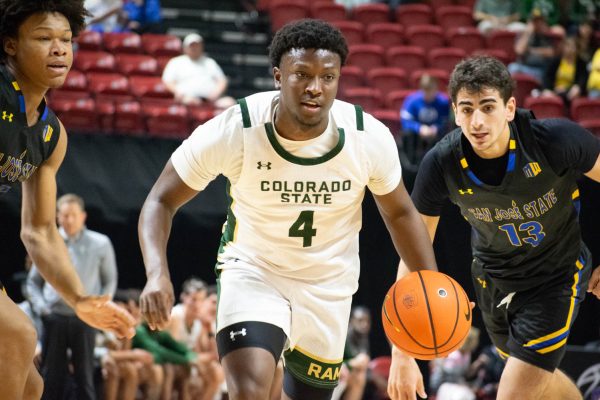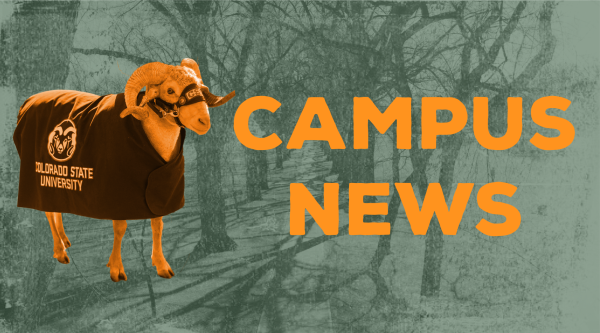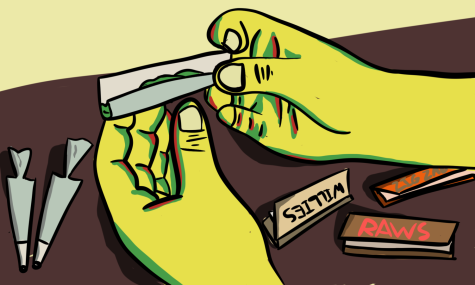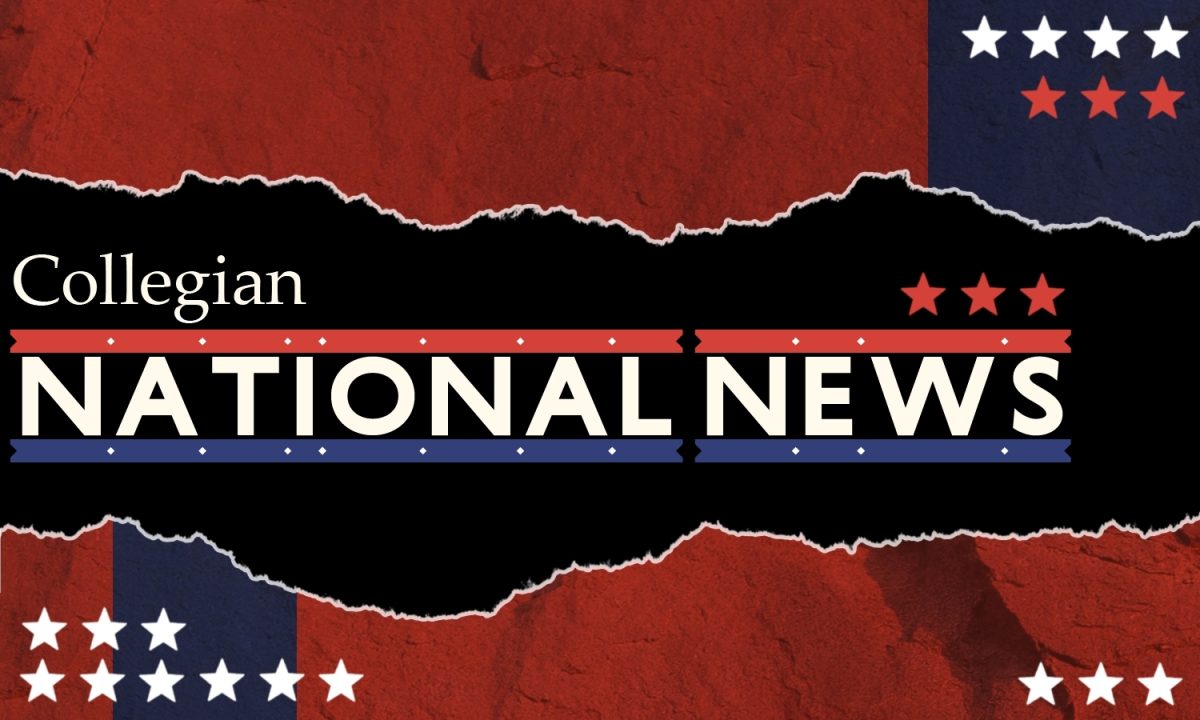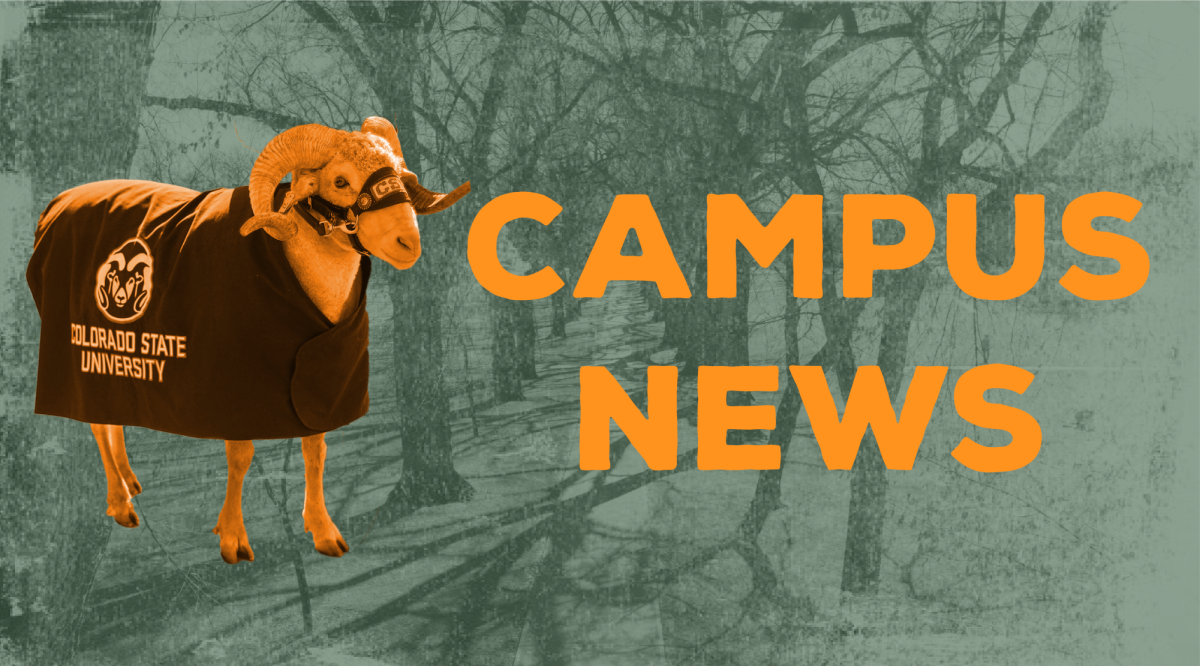
The Collegian sat down with University President Tony Frank to discuss topics like the new stadium, mental health on campus and the new health center.
This Q&A is an excerpt of a larger interview that took place Feb. 17.
Ad
On the topic of the stadium, people are now wondering, how is tailgating going to look? Is it going to be a dry stadium? What is the vision for that?
There are a lot of those things that I’m confident we will work out from now until September 2017. And I have confidence we’ll work those things out, because virtually every major university in the country has an on-campus stadium, and they figure these things out — the issues between where people park, how tailgating occurs. I’m confident we’ll get there. There are a lot of great ideas to build off of, and I suspect we’ll have committees and they’ll look at all the different options.
Will the stadium be dry? At this point we’re anticipating that the stadium will follow the policies of the current stadium. There was an alcohol task force in about 2002-2003 that dealt with issues of alcohol related to Hughes stadium, and arrived at a conclusion that the way we deal with alcohol there — limiting the amount of beer one can consume and putting a focus on education — was actually going to be more effective on cutting down alcohol-related incidents than having it, quote, “be dry.” The data I think have backed that up in the time in between.
And then there is the issue that this campus, with the Ramskeller and fermentation science program, has always taken a pretty firm stand around the issue of “let’s educate people, let’s make smart choices about alcohol.” People are going to be adults within a society that has alcohol available. Certainly not within the dormitories and things like that, but the idea that we can somehow put a wall around the campus and pretend we’re not a part of a broader society that has these issues. I don’t think there is any evidence that that’s effective.
Are there any plans set for the future of Hughes stadium?
At this point, we can start having these discussions. There are a few things we know about Hughes, but I think the bottom line is that I don’t think we know what the outcome will be. So what do we know about it?
We know that we have been unable to find a use for that stadium facility. Whoever would take the stadium on would experience the same problems that have caused us to think that even if location were different, it’s not an ideal facility. We also know the land is not identified for immediate use for the University’s master plan.
The (cost) of the demolition of Hughes is somewhere between $10 million to $20 million. That means we could sit on the land. There is a cost for mothballing Hughes, but we could sit on the land and leave that for future boards and administrations to think through. We could utilize the asset perhaps toward the stadium, if those costs needed that. Perhaps toward something else. It’s money that the board will have at its disposal.
I think there is a discussion to be had with the community of Fort Collins around that site. Having that much land in a landlocked part of town, that’s actually adjacent to some open space, is a pretty interesting opportunity. There are other ways to look at that land than just a straight development.
Ad
So, I think all those things are open, and at the end of the day I recognize that this conversation, this topic, has bruised some relationships and feelings around the community, and it’s possible that in the future the use of the Hughes site can be a part of feeling some of those things. If that’s possible, we’d like to look into that.
In what ways is CSU supporting mental health on campus and in the residency halls?
This is one of the huge challenges of this particular generation. Not just at CSU, and not just in universities, but across this country. There is an epidemic of suicides in that age group, and a whole series of expanded issues related to mental health.
Now, I think we all know that part of this is in many ways good news — it is because we are doing a better job of diagnosing mental health conditions, being open to understanding that they are a medical condition and we have the ability to treat them like any medical condition. We are doing a better job through our K-12 system of having people with mental health issues arriving to college ready, and being able to obtain admission to a university.
All of those are good news pieces, but they put more pressure on the mental health services universities have available. We’ve been trying to, over the last six years I’ve been president, make more investments in our student mental health. We started out with sort of an invitation to our mental health professionals to say “forget about the funding for a moment, if you were going to design a world-class, student support mental health facility, what would that look like? And let’s figure out how to fund that.”
We funded that over a four-year period; we phased the funding one increment at a time over four years. That’s been concluded. Last year, we asked for “OK, what does version 2.0 look like?” We know now a lot of things out of version one, we know some things that worked, we know some things that are really stretched. What do we need to expand? But let’s not just think about expanding it. Let’s also think about what an entirely newly designed version 2.0 looks for. Same parameters, but let’s figure out what it ought to be, and then we’ll figure out if we can fund it and how we will fund it.
I have very strong feelings on this topic. There is not one mom or dad out there — not one friend of a CSU student out there — who doesn’t understand the most important thing is that people are safe. So we can’t solve every problem out there — no one in society can — but we can, and I think we need, to do everything that’s in our power to create the safest, most supportive, integrated environment.
This whole issue that we’ve been on for some time about Rams take care of Rams. It’s a strong theme that I believe in, the administration believes in, and I think the University as a whole has bought in to. Is what we’ve got perfect? No, of course not, because we continue to see problems with it. Is what we have very good compared to the national landscape? Yes. Is what we have going to get better because we are continuing to make it better? Absolutely.
What is the plan for Hartshorn? How are you going to make sure (the new health center on College Avenue and Prospect Road) is accessible?
One of the big advantages of the new health center will be pulling everybody together from these different units into one place. There is a certain, integrative access that’s pretty good.
There are no long term plans for Aylesworth or Hartshorn. I have my own view on this. What I would say is I love the idea of extending the great green. There are some surface parking lots there in the center of campus. I get that we are not overly rich on parking. On the other hand, our long-term parking master plan has been about bringing people either by mass transit to the transit center, or by cars to higher-density parking on the periphery of campus, turning the central core into a more pedestrian-oriented location. That’s been the plan as long as I’ve been in the administration, so at least 15 years.
If you can envision extending the great green back to the east, almost to the back of the newly renovated LSC and Morgan Library, and including that space where Hartshorn and Aylesworth is, we’ll have opportunities, and I think landscape architecture students would be a logical group to work with. So, I don’t know what that will end up looking like, and I’m sure there will be arguments made into re-utilizing Hartshorn and Aylesworth, because it’s not as if we’re sitting around trying to figure out what to do with the empty space we have.
But, over the longer term, the opportunity to really further develop that green space right in the heart of campus is something that I think is pretty compelling.
Collegian Reporters Zara DeGroot and Christina Vessa can be reached at news@collegian.com or on Twitter @Zar_degroot and @ChrissyVessa.


